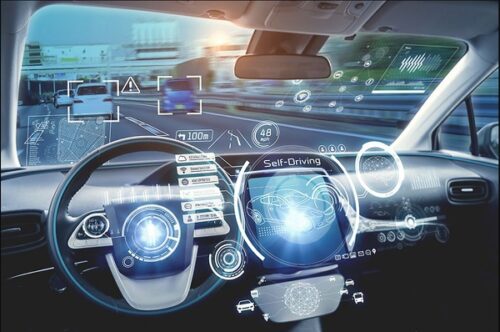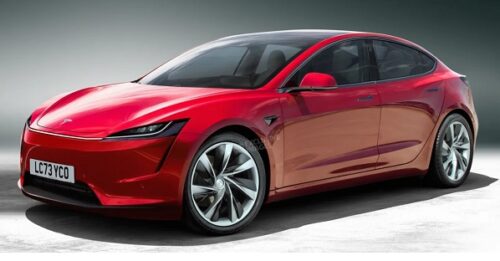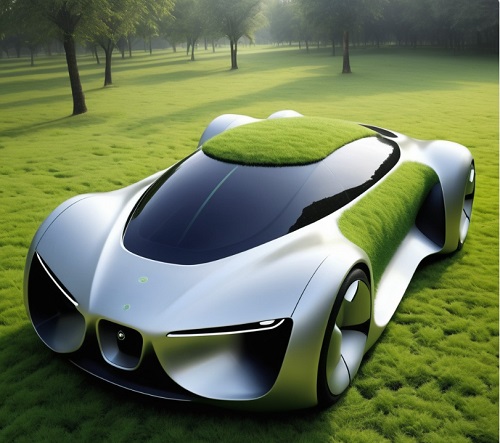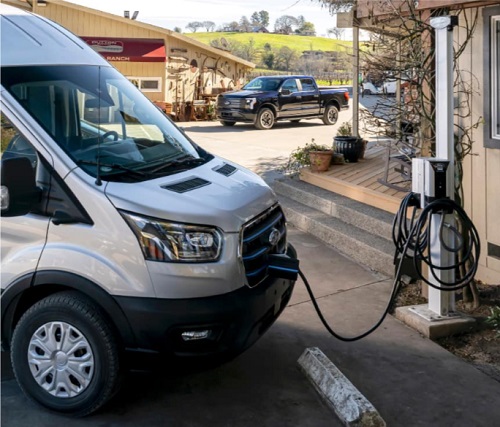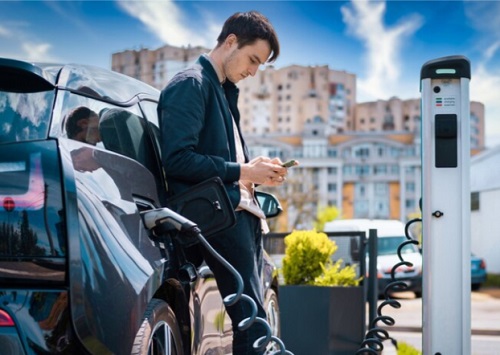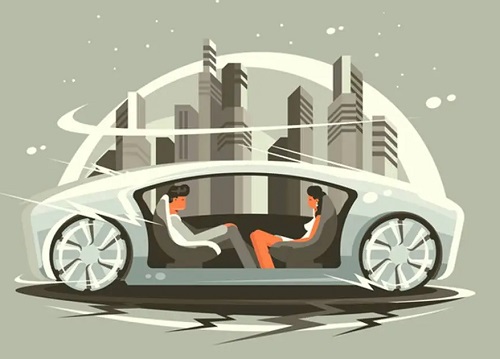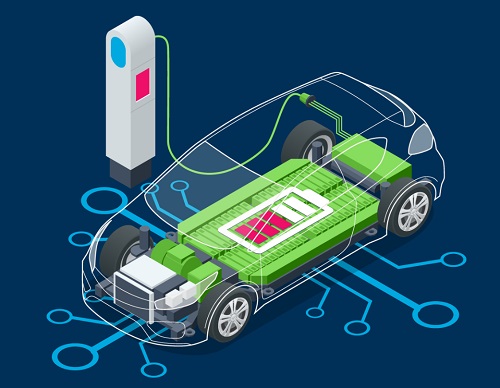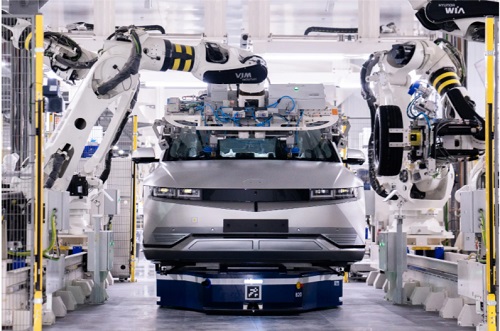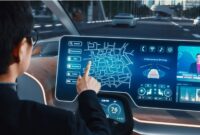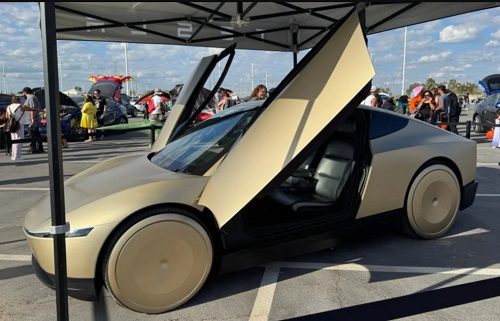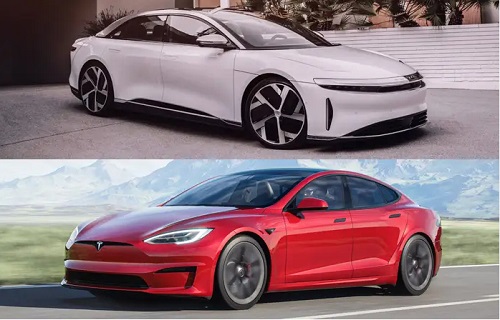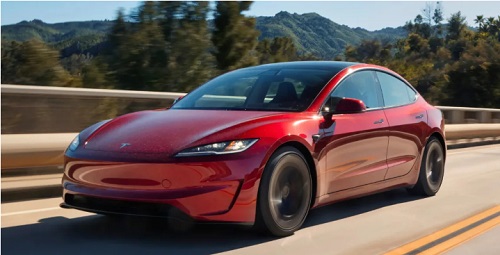It appears that discussions, debates, and subtle signals related to generative AI are everywhere these days. The automotive industry, like […]
Category: Electric Vehicle
Tesla’s Next Move 2025: Model 2 Or Model Y Juniper? Wait and See
Tesla has always been clear – making cars is, for Musk’s marque, more a crusade than a commercial enterprise. Its […]
Tesla uses a neural network for the autopilot system in the vehicles
What are Neural Networks?Neural networks are a series of algorithms that aim to imitate the human brain in order to […]
Key Technology Trends in the Automotive Industry in 2025
Asking oneself whether to switch to electric vehicles has become increasingly important for drivers. More and more car manufacturers are […]
Ford Electric Vehicle Charging: What You Need to Know
There has been a slowdown in the adoption of electric vehicles. Ford is exploring solutions to overcome the major challenge […]
Charging an EV: Everything You Need to Know
Driving an electric vehicle may seem straightforward, but charging an EV can be quite complex. Potential electric car buyers should […]
Exploring the Future of Autonomous Vehicles
The ultimate goal of the automotive industry is to have your car drive itself, but the process isn’t simple. Artificial […]
Why the Electric Vehicle Revolution Can Benefit Everyone
Transport is an essential aspect of modern life, but the traditional combustion engine is rapidly becoming outdated. Gasoline or diesel […]
Electric vehicle prices are dropping as car dealerships have more models in stock while consumer interest declines
Electric vehicle prices are dropping as car dealerships have more models in stock while consumer interest declines. This results in […]
Huawei provides smart components and systems for autonomous vehicles
Huawei is distributing samples of its Ascend 910C processor to conduct tests, aiming to address the gap left by Nvidia. […]
What’s Next for EV Battery Technology?
Electric vehicles are less complex than gasoline-powered ones. They lack gas tanks, pistons, spark plugs, and tailpipes. Assembly specialist Chris […]
Musk says robotaxis are key to Tesla’s future profits
An autonomous Tesla being used for Uber collided with an SUV at a crossroads in suburban Las Vegas in April, […]
Lucid or Tesla, which do you prefer?
Lucid Motors, a startup based in California, has recently made a remarkable entrance into the EV market with its impressive […]
Tesla’s cheapest Model 3 is no longer available
Tesla has ceased sales of the most affordable version of the Model 3 sedan in the US. An analyst referred […]

